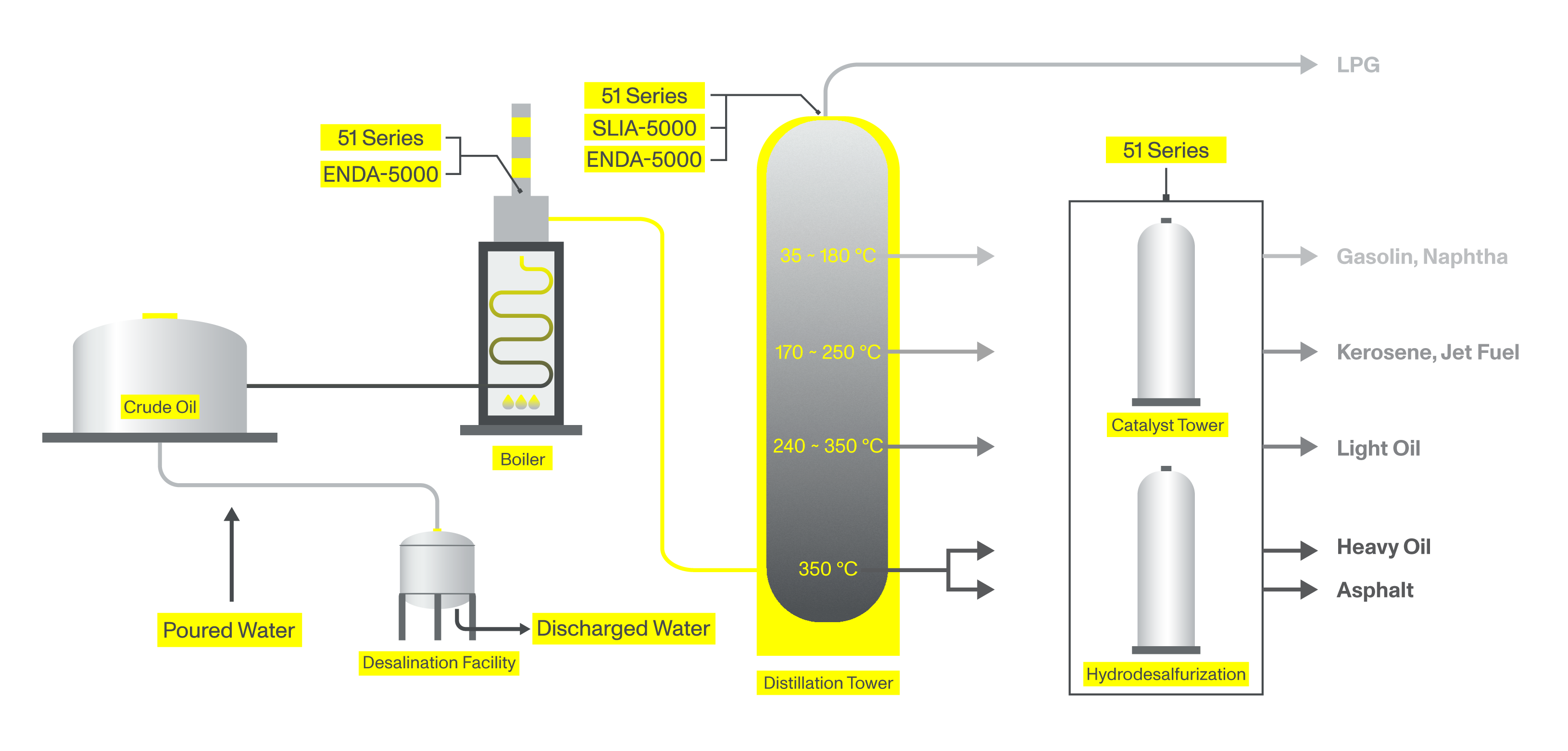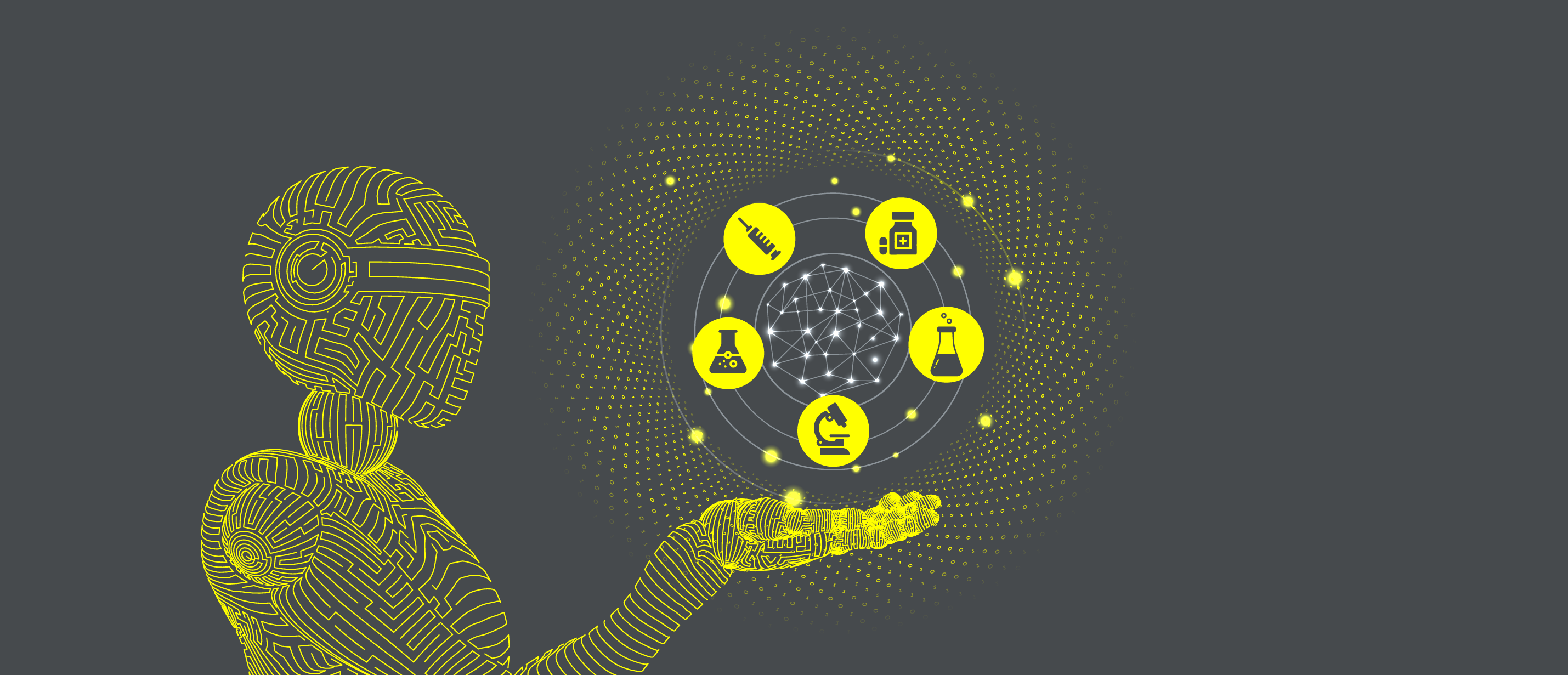Part of our Health, Wellness, and Life Science series
Data is the new oil. According to The Economist, data has overturned oil as the most valuable resource in the world [2]. This is true across all industries, but is especially evident in Life Sciences. With the continuous discovery of new and mutating diseases, the increasing need for complex treatments, and the rapid growth of patient populations with the current pandemic, data has become even more essential to accelerate the industry’s response to such developments.
However, despite the widespread appraisal of data’s value, there remains a huge conversion gap between knowing the intrinsic value of data and effectively capitalising it. Many companies in the sector continue to fall short in maximising data – and this can largely be attributed to the lack of proper infrastructure surrounding its process. By building and connecting the right systems dedicated for its optimal processing and distribution as illustrated hereinafter – much like how oil is best maximised through the simplified oil refinement process – your organisation can avoid data devaluation and, ultimately, achieve effective, gold standard data flow.
Building your refinery base
Aside from having a unique and logical business idea, it is crucial for any operative business to set up a base. And this is true for the case of both oil and data. With oil, you need a physical site conducive for storing your resources (typically a crude tank) and for running your operations (the plant). The same goes with data for Life Science. To be able to work with it, you must first build a set up that allows you to reserve it and to host data-centric operations safely and efficiently.
With most businesses in Life Science already having existing system houses and/or cloud drives for their data, you might ask; why is it important to revisit this step in the process? There endures a significant possibility that your current setup might not be ready or able to host data at scale efficiently and cost-effectively.
Source: [4]
With increasing volumes, variations, and potential products of data, it is crucial to lay the right foundations for its processes. This means you need to establish or integrate a sizable, dynamic, contemporary, and safe setting for data storage and operations – a data warehouse and centralised data management system with the capacity to encase and safekeep data and its necessary end-to-end processes. Failure to implement this step can translate to a significant loss of data from either lack of security or the simple inability to house the mere amount in collection.
Source: [5]
Setting up machinery
To succeed with the first step, proceed with acquiring and connecting the right systems that can perform your data operations – from segregation and distillation, to analysis and distribution – with utmost speed, accuracy, and ease. We recommend implementing the digitalised model shown below that encapsulates a comprehensive system made up of connected digital solutions each performing indispensable functions at different stages in the value chain shown below.
Source: [6]
Processing your data from end-to-end like so can facilitate effective, timely, and uninterrupted operation – in high contrast to poorly delivered processes within siloed executions. This is because it employs the concept of digitalisation instead of basic digitisation.
Instead of simply creating digital representations or formats of physical objects like digitisation, digitalisation takes a far more encompassing and paracosmic approach. Digitalisation essentially creates an intelligent digital ecosystem for business processes with well-defined and interoperable digitised elements. Because of its larger scope, it also provides greater benefits. Applying this approach to data, successful implementation of the digitalised model shown previously offers the following rewards:
- Greater quality and better refined end products in comparison to others that ‘skipped steps’ because all solutions necessary for each integral stage of refinement have been deployed
- Continuous and automatic process flow shortens the gap between stages, lessens labour expended, and reduces the risk of errors created by manual transferring through seamless connection and interoperability between solutions
- More convenient process monitoring and improved traceability because of orderly and practical process alignment
Note: Do this before setting up your data collection mechanisms to ensure that data will not build up to overwhelming volumes or take up valuable storage (therefore incurring costs) while you scour for the right solutions to process them. Though data, like oil, can virtually never become obsolete, storing more volumes than you can process and profit from – especially at a time where you have no faculty to take action on them – can become a nuisance or worse, create a safety and/or costing issue.
|
“Thinking about data as a product helps our clients in Life Sciences to be intentional with the data they need to provide their organisation with. By applying Product management principles we are able to simplify ways of working with data and we assure the data is available for building narratives.” Sigrid Rosell, Senior Life Science Consultant, Monstarlab |
Preparing your agency
Despite the distinct and weighted impact of technology, the key to the success of your digitalised model still lies within the hands of your people. They hold the power and responsibility to conclusively make key decisions, kickstart and control operations, program and maintain machines, and more.
That said, when dealing with either oil or data, it’s important that your powerhouse of employees are adept and well adapted to your machinery, and are also well-catered to by such. Requisite to proper performance of functions on data and processing, employees must be well-informed and -trained with handling any possible situation that can occur within and because of the technology being used. With employees also becoming the end users of these solutions, it’s important to help them understand the value these solutions can provide for them so they may embrace it with little to no reservation.
Though an increasing number of Life Science executives have expressed interest and even shared plans to modernise legacy systems, widespread digital fear continues to create friction between CxOs pushing for the transition and opposing employees.
And this, when unaddressed, can lead to employees becoming unwilling to sufficiently understand the inner workings of your digital solutions, unsatisfied with their work, and unable to perform their responsibilities adequately.
|
“It’s all about empowering and strengthening the ways-of-working for scientists and experts, not replacing them”. Sofie Kauffman, Senior Life Science Consultant, Monstarlab |
Fostering a companywide culture reset can turn the situation around. By ensuring and demonstrating that digital solutions create tangible value (e.g. reduced manual encoding, catalysed analyses, and increased calculation accuracy) for its internal end users and by dedicating a program educating employees, your organisation can compel employees to embrace new technologies.
Laying the pipes for resource collection
Crucial to the success of the process is the efficient gathering of accurate data. Therefore, careful planning and a meticulous evaluation of what data types add most value to your business and which sources to collect it from is crucial. As with oil, it’s best to capitalise on the richest sources with the right equipment.
Next, determine a data collection method aligned to your timeframe and set parameters. Past the early stages, you may opt to gather specific key data continuously. Setting up a method for long term data tracking should also be done to ensure your data collection goals are being met.
Once you have finalised your plan, you can implement your data collection strategy. But this should not be the end of your data strategy setup. Schedule regular audits for your data collection process, especially if data is accrued continuously. Update this plan as you go, conditions may change and you should remain open and ready to process new information when it makes sense to your business.
Quality control & ensuring regulatory compliance
As mentioned, the process should not end with the setup and implementation, establishing good data governance ensures that your process and systems are running smoothly and making the best use of your resources. Additionally, regulatory compliance and practising GxP should be a priority to any health and life science business. A best practice framework that monitors your processes efficiency, security, and accuracy must be put in place.
Key Takeaways:
- Data is among the most valuable assets for any organisation and is integral to every stage of any life science business process but it requires proper channelling for it to be leveraged optimally
- Each step of the data process requires careful planning and implementation
- Building your refinery base
Before working with data, a thoroughly prepared and capacity-aligned setup must be put in place to ensure data-centric operations are hosted securely and efficiently. - Setting up machinery
- Building your refinery base
A well-defined, comprehensive, and seamlessly connected set of digital solutions suited to your goals is indispensable to a successful data value chain
- Laying the pipes for resource collection
Identifying what data provides the most value to your business and which sources to collect it from is crucial – a misstep in this stage can cost you the whole operation
- Quality control & ensuring regulatory compliance
The data process does not stop at segregation or distribution, constant checks and alignments must be done to produce consistent quality and accurate insights and other data products.
- Working with credible and experienced consultancy and software firms can give your organisation an edge with tried and tested frameworks as well as expert insights on technologies best suited to your structure and objectives
Experts Featured
Sofie Kauffman
Senior Life Science Consultant at Monstarlab collaborating with global Life Science clients on developing digital strategies which can cater for the future ensuring the industry undergoes the necessary digital transformation in time to face new needs and expectations from patients, partners and clients across their value chains.
Sigrid Rosell
Senior Life Science Consultant at Monstarlab. She works closely with our Life Science clients to strategise and execute on digital project/product delivery, by utilising her design thinking methodologies, and an agile mindset and toolbox. By focusing on digitalisation, automation and user experience she is helping R&D labs in their change journey to accelerate digitally enabled science.
View more Health, Wellness, and Life Science content
Endnotes
[1] F5, Inc., “Oil vs. Data – Which is more Valuable?”, 2019
[2] The Economist, “The world’s most valuable resource is no longer oil, but data”, 2017
[3] Sofie Kauffman, Data Strategy Interview, 2022
[4] TeamDrive, “System House vs. Cloud – Often the Combination is the Better Solution”, n.d.
[5] Tech Target, “What is a data lake”, n.d.
















